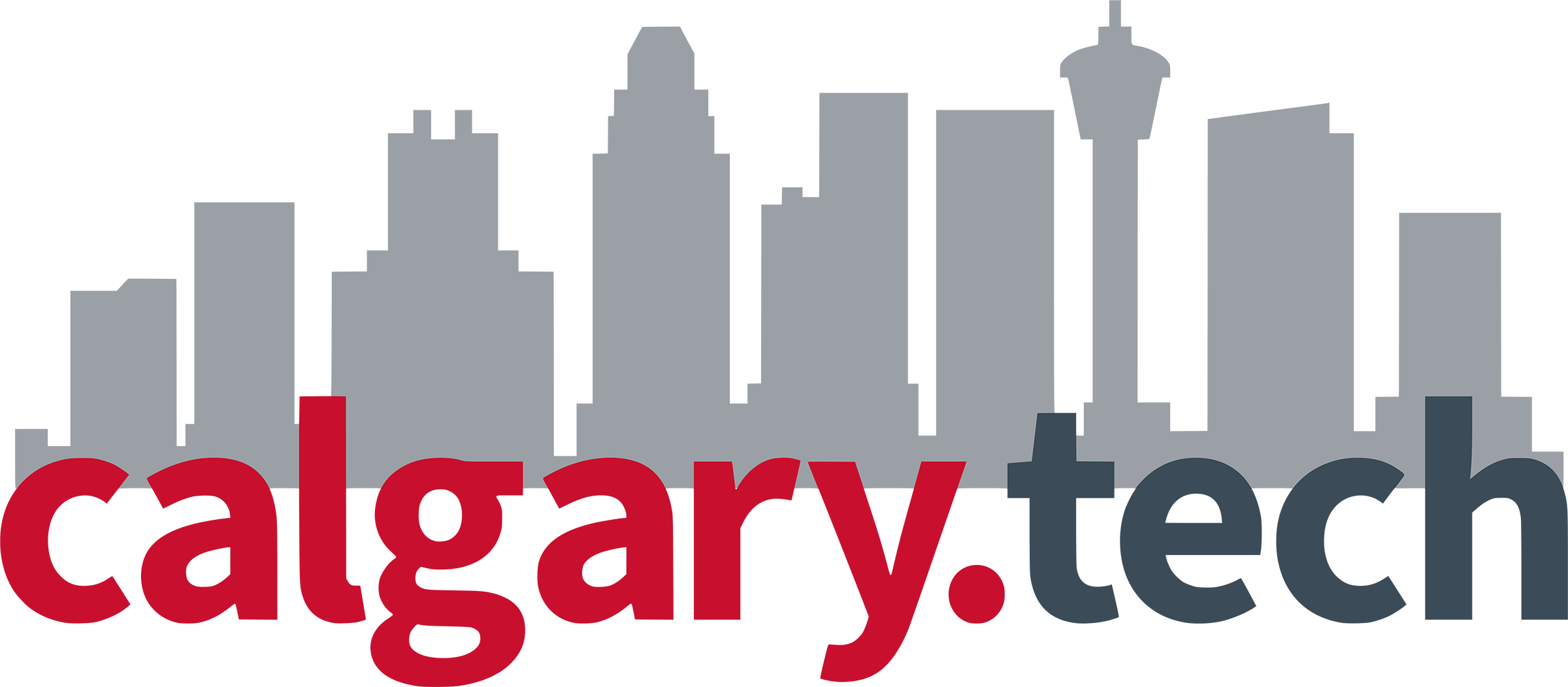
There was a stir of controversy when Calgary recently nicknamed itself “Blue Sky City”—a city which already boasts multiple organically grown titles, including Stampede City and Cowtown.
The rebranding effort involved a whopping 129 organizations across 26 sectors over two years and, among other intentions, reflects Calgary’s statistically-backed reputation as Canada’s sunniest city (based on annual sunshine hours).
Regardless of how one feels about Blue Sky City, the timing is at least interesting: After all, Calgary is actively looking beyond its own blue skies—toward aerospace innovation.
Calgary.tech recently took a closer look at Alberta’s quietly emerging aerospace sector, which is now gaining some serious steam thanks in part to promotion (and capital) from Calgary Economic Development.
A recent panel on the future of the region’s aerospace industry, titled “Flight Path 2050,” was moderated by Calgary Economic Development’s Rachelle Bugeaud, and featured Chris Dinsdale of The Calgary Airport Authority, Geoffrey Tauvette of the Canadian Council for Sustainable Aviation Fuels, Hamid Rajani of the Southern Alberta Insitute of Technology, and the Aerospace Innovation Hub’s Kimberly Van Vliet.
The panel discussed global aerospace trends, including A.I., advanced engineering, hypersonic travel, and the commercialization of space, among other topics.
“The future of aerospace and aviation will be increasingly autonomous, data-informed, sustainable, distributed, diversified and efficient,” stated Bugeaud.
But is that good or bad?
“These emerging trends are risks and opportunities together,” Bugeaud said. “They mean different things to different people, and it’s up to us to decide how to action them as a community.”
This year, Calgary committed $3.9 million over four years toward regional innovation in aerospace.
“By making this investment, we are fortifying Calgary as an aerospace centre of excellence,” stated Brad Parry, chief executive officer of Calgary Economic Development, in March. “Innovators will be able to create, test, and scale their ideas more effectively while existing industry players gain visibility and input into up-and-coming technologies.”
Between 2024 and 2028, the AIH is expected to support up to 180 companies and create 150 net new skilled, indirect jobs.
“Our vision is to make Calgary an aerospace hub that is nationally and internationally recognized,” said Kimberley Van Vliet, Director of the Aerospace Innovation Hub. “AIH provides an opportunity for large and small companies throughout Alberta to test items and scale to that next level.”
The 2024 investment from OCIF builds on an initial funding commitment of $2.5 million from PrairiesCan in 2023. OCIF was created by The City of Calgary in 2018 to support catalytic investments within the city to help diversify and transform the economy.
“We have all the raw ingredients for the ecosystem to continue to grow,” believes Chris Dinsdale, CEO of The Calgary Airport Authority, citing “great universities, relative affordability and a young, trained population.”
Hamid Rajani, Chair of the Centre of Innovation and Research in Advance Manufacturing and Materials and Applied Research and Innovation Services at SAIT, agrees.
“Calgary has amazing, existing skilled talent that can be reskilled and upskilled into the aerospace industry,” asserted Rajani. Calgary offers several post-secondary aerospace programs to help achieve this ambition.
However, Dinsdale warns that “we need ensure we have early-stage funding available for startups, so we can provide a good place to test their products.”
“It’s important that we provide a safe and secure environment where people can test new innovations,” the airport CEO added. “If it works, we have a competitive advantage, and if it doesn’t, we’ve done our best to try new technologies. We should never have a fear of failure.”
Calgary is home to one of Canada’s busiest airports and is headquarters to the country’s second-largest airline, WestJet.
“Having a robust aviation sector in Calgary is incredibly important for the economic opportunities it brings,” Angela Avery, Executive Vice President of WestJet, stated. “It’s our commitment to continue to grow, innovate and trial new technologies.”
Alberta’s aerospace and defence sector contributed more than $2 billion in GDP in 2022.


Leave a Reply